Detailed introduction
1. Helmet Structure:
The helmet is composed of a cap, a cap liner and a chin strap.
(1) Cap: This is the main part of the helmet, generally adopting an elliptical or semi-spherical thin shell structure. This structure will produce a certain pressure deformation under the impact pressure. Due to the rigidity of the material, the absorption and dispersion of the material are affected, and the smooth surface and the circular curve tend to cause the impact object to slip away, thereby reducing the impact time. Depending on the needs and strength of the helmet shell, the housing can be made in a variety of styles such as top, top, side and no edge.
The cap of the helmet includes a visor, a brim, a top rib, a venting hole, a socket, a lining with a hole, and a chin strap.
a. visor: the part of the front of the cap that protrudes;
b. brim: the portion of the cap that protrudes around the outside of the cap;
c. top rib: the part used to enhance the strength of the top of the cap;
d. venting holes: air holes opened in the cap;
e. socket: an insertion structure for connecting the cap to the cap liner and the accessory;
f. Connection hole: connecting the opening of the cap liner and the cap
(2) Cap lining: The cap lining is a general term for the parts directly contacting the top of the wearer's head in the cap, and is composed of a cap hoop belt, a top belt, a belt, a belt, a sweatband, a cushioning reel and the like. The material of the cap lining can be made of cotton webbing, synthetic fiber tape and plastic lining. The cap is an endless belt, which is tightly wrapped around the person's head when worn. The forehead part of the belt is lined with sweat-absorbing material and has a certain sweat absorption effect. . The cap hoop can be divided into two types: a fixed strap and an adjustable strap. The cap has two types of back collar and no back loop. The top strap is a strap that is in contact with the top of the head. The top strap and the cap can be connected by rivets, or the socket of the strap can be connected to the socket of the cap, and the top is provided with a cross shape and a six-bar shape. There are 4 to 6 sockets.
Cap lining: A general term for the internal parts of the cap. Including cap top straps, belts, straps, sweatbands, pads and tethers.
a. Hoop: a band that acts as a fixing around the circumference of the head;
b. strap: a strap that is in direct contact with the top of the head;
c. Guard belt: a layer on the top of the belt that does not touch the top of the head, which acts as a buffer;
d. Tether (belt): a rope (belt) that connects the carrier and the belt, the cap liner and the cap;
e. Sweatband: a band of sweat-absorbent material wrapped around the hood;
f. pad: a cushion that acts as a cushion between the cap and the cap;
g. Rear hoop: an adjustable hoop is added to the back of the hoop;
h. Cap liner: A fitting that connects the cap liner to the cap.
(3) Lower jaw belt: The strap on the lower jaw of the foot is used to fix the helmet. The lower jaw belt is composed of a belt and a locking card. There is no cap liner for the back cuff, and a "y" shaped chin strap is used.
2. Classification of Helmets:
2.1. The helmet products are divided into two categories according to the general operation type (Y type) helmet and special operation type (T type) helmet. Among them, the T category is divided into five categories:
Class T1 is suitable for workplaces with fire sources;
T2 is suitable for underground mines, tunnels, underground works, harvesting and other work sites;
T3 is suitable for flammable and explosive workplaces;
T4 (insulation) is suitable for live working places;
T5 (low temperature) is suitable for low temperature applications.
2.2 According to the production materials:
Can be divided into FRP helmets, polycarbonate plastic helmets, ABS plastic helmets, ultra-high molecular polyethylene plastic helmets, modified polypropylene plastic helmets, plastic helmets, cold helmets, bamboo helmets and so on.
FRP helmet: mainly used in metallurgical high temperature working places, oilfield drilling forest harvesting, power supply lines, high-rise building construction and construction in cold areas.
Polycarbonate plastic helmet: mainly used for oilfield drilling, forest harvesting, power supply lines, construction and other operations.
ABS plastic helmet: mainly used in indoor and normal temperature working places with high impact strength such as mining and machinery industry.
Ultra-high molecular polyethylene plastic helmet: It has a wide range of applications, such as metallurgical chemical, mining, construction, machinery, electricity, transportation, forestry and geology.
Modified polypropylene plastic helmet: mainly used in metallurgy, construction, forestry, electric power, mining, uphole, transportation and other operations.
Tape miners helmets: mainly used in coal mines, underground mines, tunnels, culverts and other places. When worn, there is no chin strap.
Plastic miner safety helmet: The performance of the product is basically the same as that of the colloidal miner's cap except that the high temperature resistance is higher than the colloidal miner's cap.
Cold-proof helmet: Suitable for winter field and open-air operations in cold regions of China, such as mining, geological drilling, forest harvesting, construction and port loading and unloading operations.
Paper rubber helmet: suitable for outdoor work, to prevent solar radiation, sand and rain.
Bamboo-made helmets: mainly used in metallurgy, construction, forestry, mining, docks, transportation and other operations.
Each type of helmet has certain technical performance indicators and scope of application. Therefore, it is necessary to select the appropriate product according to the industry and working environment used. Consumers can select the appropriate product according to the industry and working environment used. For example, the construction industry generally uses Y-type helmets; in the power industry, T4 (insulation) helmets should be used for contact with power grids and electrical equipment; T3 helmets should be selected for operation in flammable and explosive environments.
2.3. By Color:
The choice of helmet color is relatively random. Generally, it is suitable for light color or eye-catching color, such as white or light yellow. It can also be selected according to the requirements of relevant regulations. It should be selected according to the principle of safety psychology. Choose according to the workplace and environment.
The color of the helmet is generally divided into: white hard hat, red hard hat, blue hard hat, yellow hard hat
The person with white safety helmet is usually the supervisor or Party A. The supervisor is also the site manager that we think is generally the middle-level personnel of the project. It is mainly responsible for the planning and implementation of the site and the quality of the project.
Red helmets are usually carried by technicians, managers or Party A. People with red helmets are relatively complex, but generally can be divided into two categories: technicians and middle and low-level managers.
A technician with a blue helmet is generally a technician. Red helmets and blue helmets are different depending on the company. In general, most of them are worn by technicians.
The most common is the average worker with a yellow helmet. Basically, the average worker on the construction site in China has worn a yellow helmet.
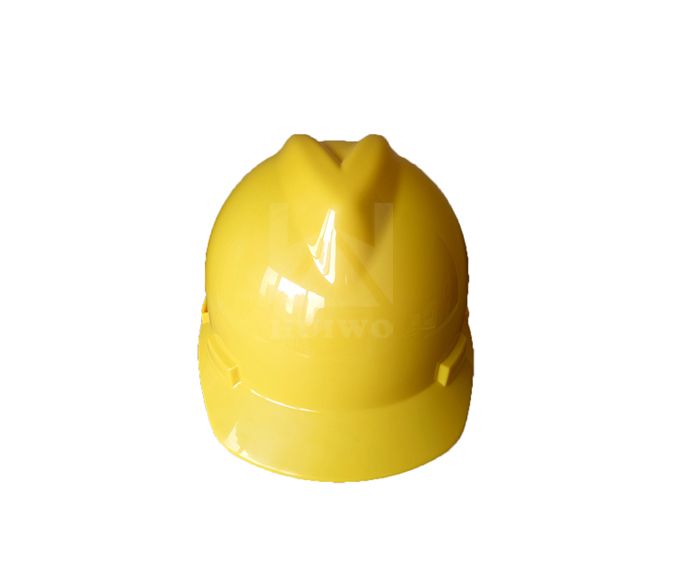
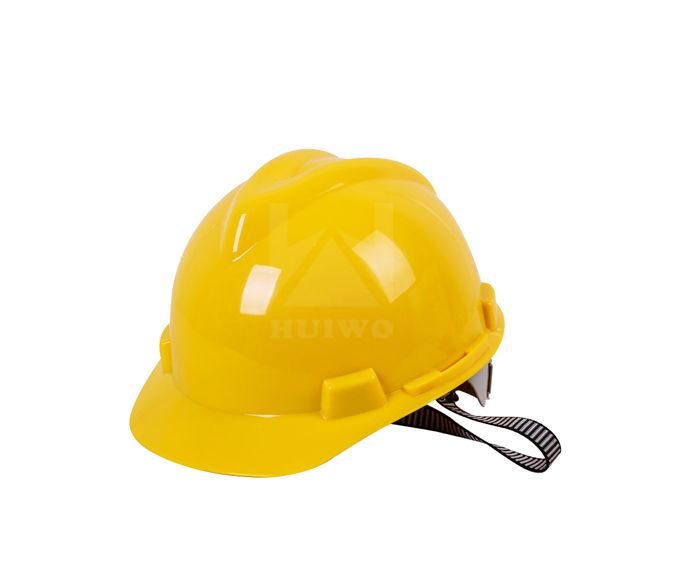
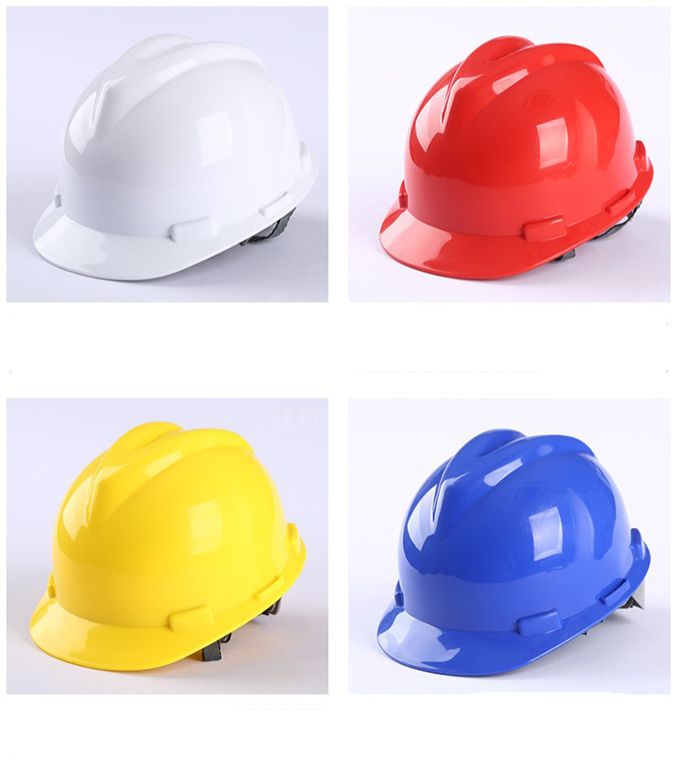
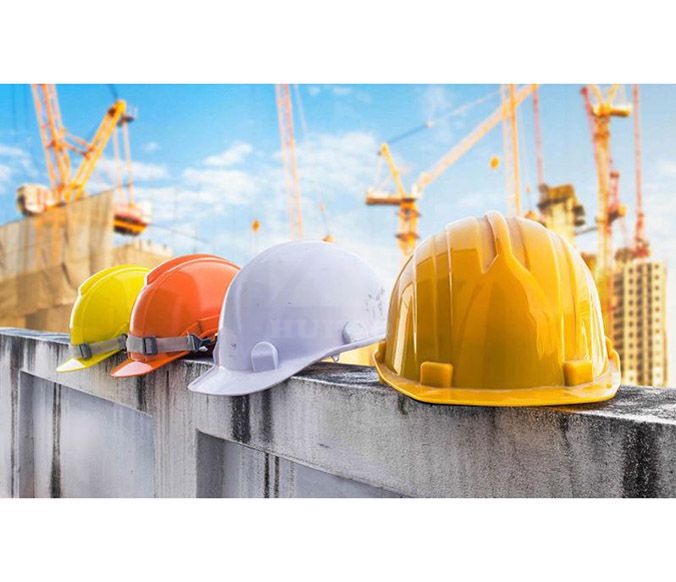
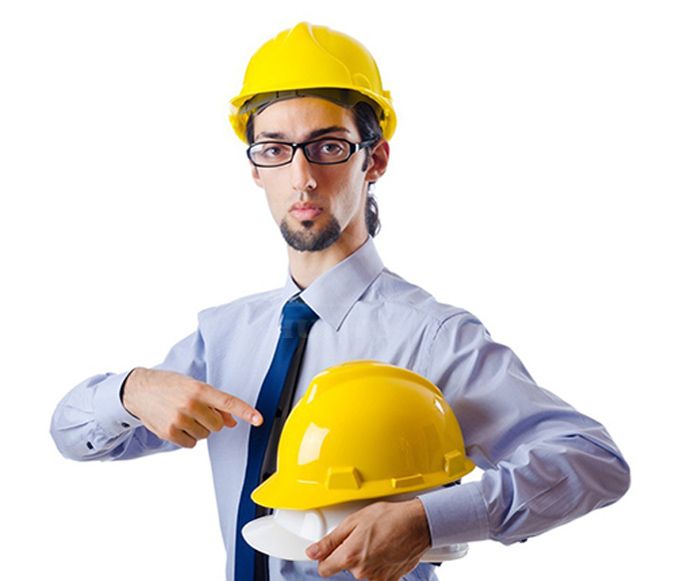
Navigation
+86 311 6650 5928
+86 155 3019 0292
+86 311 6650 5928
Central Park, No.106, Tabei Road, Yuhua District, Shijiazhuang, Hebei, China
Follow Us
